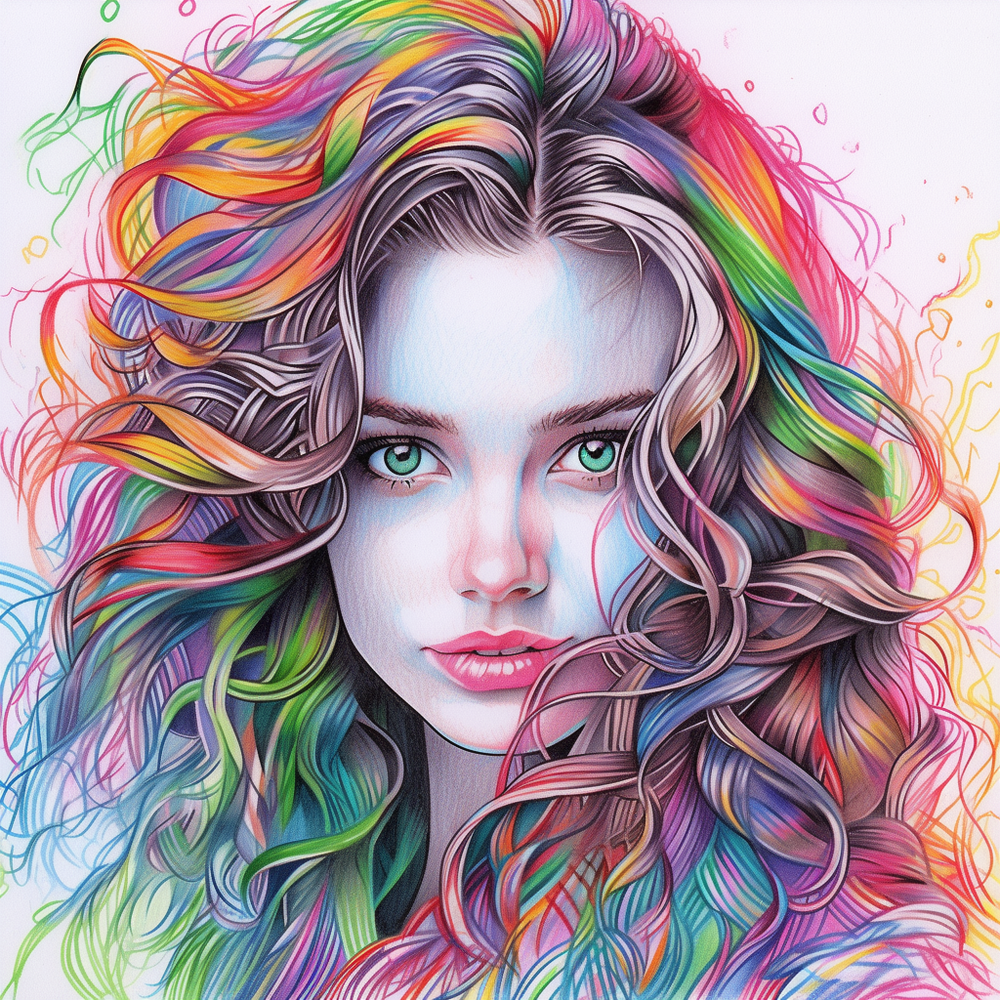

Neural networks, which are a type of artificial intelligence, can be trained to recognize patterns and make predictions. This technology can also be used to create realistic 3D images and videos, as well as to detect cancerous tumors. Additionally, machines can be taught to play games such as chess and Go, and robotics is a rapidly growing field. Finally, autonomous vehicles are becoming increasingly common.

The first computers were created in the early 1800s by Charles Babbage. They were room-sized machines that used vacuum tubes and were incredibly expensive. They were used primarily by scientists and mathematic ians but were slow and often unreliable.

Since the first Silicon Valley startup was founded in 2003, the region has become a hotspot for tech innovation, with over 3,000 startups as of 2016. The average startup in Silicon Valley is worth $1.3 billion, and many are founded by immigrants. In 2017, Silicon Valley startups raised a record $27.2 billion in venture capital.

Stars are huge balls of gas that are billions of years old. They are so hot that they can turn gas into plasma, and so bright that they can be seen from billions of miles away . They also have their own gravitational pull.

The article discusses the potential and perils of artificial intelligence (AI). It describes how AI has been used in various fields, and how it has the potential to revolutionize our world. Some people believe that AI could eventually lead to the development of true artificial general intelligence, which would be able to match or exceed human intelligence. Other people are concerned about the possibility of AI being used for malicious purposes, such as creating autonomous weapons or being used to manipulate and control people. There is currently no consensus on what the future of AI will be, but it is clear that it will have a significant impact on our lives in the years to come.

Apple is a technology company that was founded in 1976 by Steve Jobs, Steve Wozniak, and Ronald Wayne. The company is best known for its line of Macintosh computers. Today, Apple is the largest publicly traded company by market capitalization.

Computer vision is the field of artificial intelligence that deals with extracting information from images. Early computer vision systems were based on simple edge detectors that looked for discontinuities in intensity in an image. More sophisticated methods extract features from images that are then used to classify the objects in the images. Computer vision can be used for object recognition, image understanding, and 3D reconstruction.

Quantum entanglement is link between particles that exists in a quantum state. This state is different then anything found in classical physics and as such, can be harnessed and exploited in a number of ways such as quantum teleportation and quantum computing.